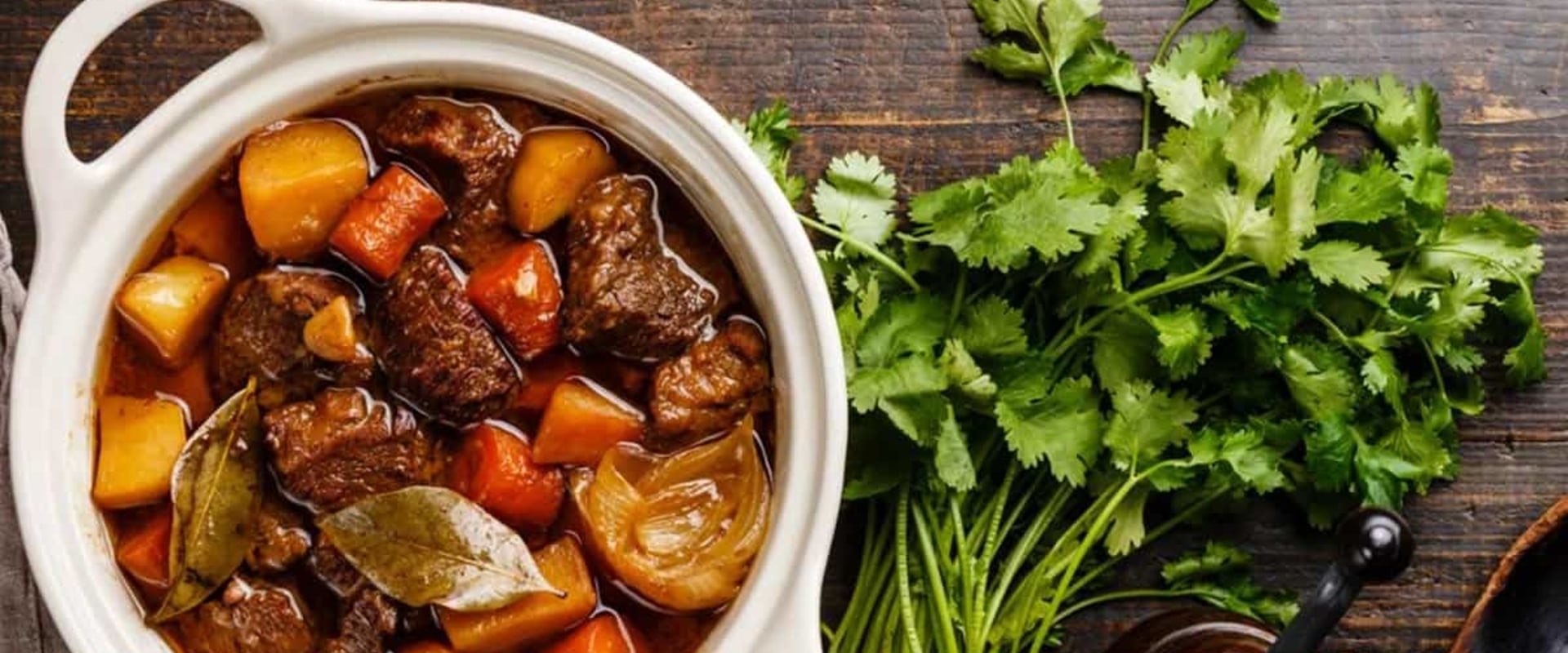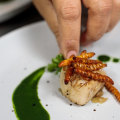Great cuisine, also called haute cuisine, is the classic cuisine of France as it evolved from its inception in the 16th century to its peak in the luxurious banquets of the 19th century. Classic cuisine values richness, softness, balance and elegant presentation. Then there's the flavor to consider.
Haute cuisine
offers pleasant and harmonious flavors, with balanced condiments and rich sauces.There's usually nothing too spicy or too sweet about haute cuisine, as the focus tends to be on symmetry and balance, making food a smooth and enjoyable experience. French cuisine was most fully developed at the end of the 19th century by Georges Auguste Escoffier and became what is now known as haute cuisine. In recent decades, modern haute cuisine has become a hybrid of these two variants, maintaining its emphasis on tasty flavors and expert technique, while prioritizing fresh seasonal ingredients. The Disciples Escoffier International is a group focused exclusively on talking about French haute cuisine and bringing together culinary professionals, from professionals to students, through organized events.
La Varenne also published a book on pastry in 1667 entitled Le Parfait confitvrier (republished as Le Confiturier François), which similarly updated and codified the new haute cuisine standards for desserts and pastries. For example, high-end hotel chains such as The Ritz Carlton offer guests unique dining experiences in first-class restaurants, as well as hosting the world's best chefs for culinary events focusing on haute cuisine. Finally, there's the presentation factor; haute cuisine is nothing more than elegant and artistic, with meticulous arrangements and small to moderate portions. And most haute cuisine service establishments focus largely on the presentation of the dish, another feature of haute cuisine.
While some are determined to hold on to the initial foundations of haute cuisine, such as Michelin-starred restaurants and high-end hotel groups, many have incorporated the influences of the movement into other types of cuisine or restaurant concepts. Those that gave French products their characteristic identity were regulated by the guild system, which developed in the Middle Ages. As for the catering establishments themselves, the entire rating system for Michelin-starred restaurants is based on the successful execution of haute cuisine. Georges Auguste Escoffier, commonly recognized as the central figure in the modernization of haute cuisine, organized what would become France's national cuisine.
During Escoffier's time, haute cuisine remained a hallmark of the rich and inaccessible to most others. Let's talk about what the haute cuisine movement is, where it originated and what it looks like in today's culinary landscape. When you imagine dining at high-end restaurants today, you're most likely thinking about some of the key elements of haute cuisine.




Leave Reply